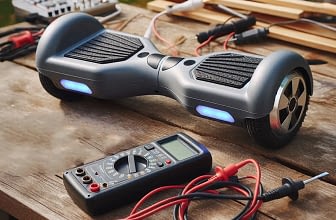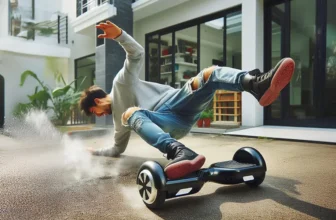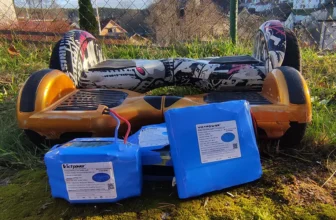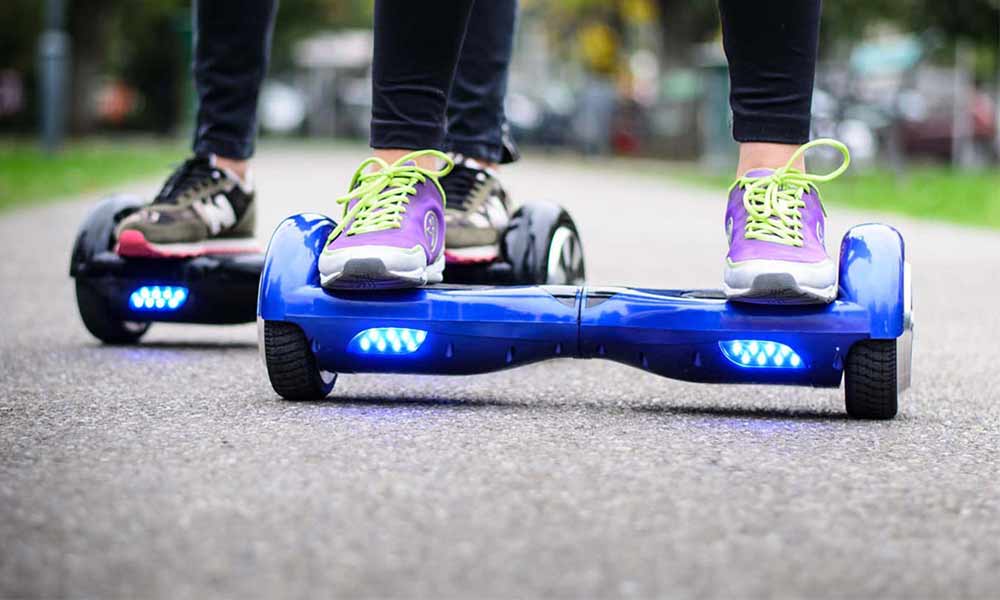
Hey there fellow rider. You’ve found here for a reason and that reason is you either already own a hoverboard, or you’re looking to get one. But you may have heard some horror stories and you want to make sure that you’re set up for safe operations and ownership beforehand, cudos on you!
After 10+ years of riding, repairing, and yes, occasionally crashing these bad boys, I’m here to give you the straight-up truth about hoverboard safety. The full scope from how you ride them, to the best way to charge and take care of your hoverboard.
First Up: Are Hoverboards Actually Safe in 2024?

Short answer: Yes, if you’re not buying sketchy knockoffs.
Remember that whole 2015 Christmas nightmare when hoverboards were literally catching fire? Yeah, that sucked. Cheap manufacturers trying to cash in quick led to some serious safety issues and about $4 million in property damage.
But here’s the good news – regulators got their act together, and now we’ve got strict standards that have made hoverboards way safer.
The UL Certification – Your Fire Safety Guardian
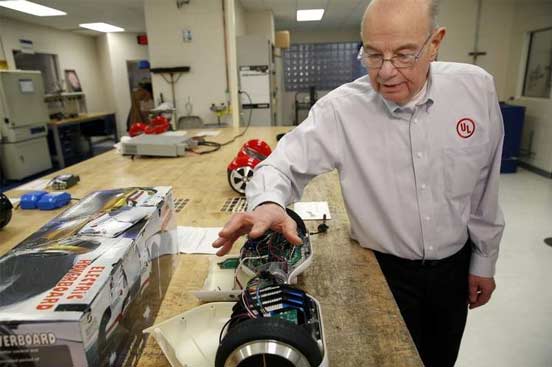
Listen, I know certification talk is boring, but this one’s actually important. UL certification (especially UL 2272) is basically your “this won’t turn into a firework” guarantee. Here’s why it matters:
Think of UL 2272 as the hoverboard equivalent of a driver’s license, it means your board has passed over 100 different safety tests. The battery, charging system, and electrical components have all been checked to make sure they won’t go rogue on you.
ARideJunkie Pro Tip: If you’re shopping on Amazon or any legit retailer, they require UL(or the EU equivalent CE) certification. But if your buddy’s cousin is selling a hoverboard out of his garage for suspiciously cheap? Yeah, maybe skip that one.
Charging your hoverboard
Today’s UL/CE-certified hoverboards have overcharge protection in place, which means that they will manage the charging safely.
Nonetheless, it is still always our recommendation that you disconnect the charger once your hoverboard is fully charged.
After having to exchange hundreds of batteries, here’s the charging praxis’s that actually matters to keep your ride and you safe, and to make sure it stays in mint condition:
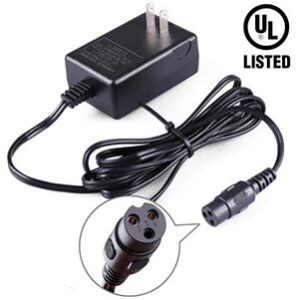
- Before Charging – Inspect the charger and charging connectors to make sure they are clean, dry, and undamaged.
- Connect Charger – Connect the charger to your hoverboard before you connect it to the outlet. Do not charge your hoverboard if no one is present(Best safety standard).
- Disconnect Charger – Keep tabs on your hoverboards recharge time, disconnect the charger once the red light turns green to indicate a full charge. I can highly recommend getting a timer for this step, it works flawlessly!
Keeping the Rider(You) Safe With Gear
I’ve hit the pavement at both 5 mph and 40 mph (on different rides), and let me tell you, safety gear does a pretty darn good job of keeping your vitals safe. Here’s my non-negotiable safety gear ranking based on years of unintentionally hitting the pavement:
- Helmet: Absolutely mandatory. Your skull isn’t self-healing like your ego is.
- Wrist Guards: Trust me, doing anything with one, or worse, two broken wrists are no joke.
- Knee/Elbow Pads: These are like insurance, better to have them and not need them.
There are clothes with built-in safety pads you can use, it makes you look pretty bad ass if you ask me.

Water Rating: IPX Classification
The water rating shows how resistant the hoverboard is to water. This is shown using different IPX ratings. X reference a number that classifies exactly how much water your hoverboard can actually handle.
Most hoverboards rock an IP54 rating, which means they can handle some splashes. But here’s the truth from someone who’s had to fix water-damaged boards: treat your hoverboard like a Gremlin. Keep it away from water to the best of your ability. A single drop in the wrong place can turn your ride into an expensive dust collector, or even cause accidents if it happens while you’re out and about.
Teaching Kids to Ride
If you’re a parent wondering about hoverboard safety for kids, here’s what you need to know.
Modern models are way safer than the early days, but you’ve still got to be smart about it. Making sure you set the rules clear ahead of time, and start them in an open secluded area with a nice smooth surface. Avoid gravel and slopes, just nice flat ground. And yeah, full safety gear is non-negotiable for the little ones.
I’ve helped countless kids in my neighborhood go from wobbly first-timers to confident riders, you can easily follow my guide for teaching kids to ride hoverboards. It covers everything you need to know, from that first step up to that crucial first dismount. My step-by-step approach keeps safety front and center while making sure the kids actually have fun learning (because let’s face it, that’s what it’s all about).
If you are unsure what hoverboard to buy for your kids, feel free to check out our recommendations on great models for kids.
Note: If you’re kid steps on the hoverboard and it starts to shake. You have 2 scenarios, either the rider is too light and will have to put on a few more pounds before riding, or you need to calibrate your hoverboard before further use.
The Quick Run-down On How To Ride A Hoverboard
Here’s my tried-and-true method for first-timers:
Start with your dominant foot on the ground (for most people, that’s your right). Put some weight on the board so you can feel it engage. Get a feel for how the board operates by adjusting the pressure from your toe to the heel. Then smoothly (and I mean smoothly), bring up your other foot.
The key is staying relaxed in your entire body. If you’re stiffer than a board of plywood, you’re gonna have a bad time. The board listens to your shift in pressure, so if you fall it is 100% on you.
The Secret Nobody Tells You: The biggest mistake new riders make is trying to muscle the board around. These things are all about subtle movements. Think of it like dancing, you want to gently take control and lead it, not fight it.
Common Sense Safety Tips That Actually Matter
I’ve received hoverboards for repair that look like they’ve fallen down the stairs of a skyscraper. Safety is achieved by being a responsible rider and taking care of your unit, here’s what really keeps you safe:
- Check your board before every ride. Loose screws, weird noises, or anything that feels off? Deal with it before it deals with you.
- Keep your speed in check. Just because your board can hit 12 mph doesn’t mean you should carelessly bomb down hills and expect it to keep you from falling.
- Stay away from traffic. Cars and hoverboards mix about as well as oil and water, plan your route with safety in mind to avoid traffic as much as possible.
The Bottom Line
Hoverboards today are solid rides if you do your part. Get a legit UL-certified board, gear up properly, and respect the learning curve. Do that, and you’ll be cruising safely in no time.
Remember, the goal is to have fun while keeping your face away from the pavement. Stick to our guidelines, and you’ll be that person zipping around like a pro instead of the one starring in the next viral fail video. Stay safe out there, riders!
Got questions or some criticism? Send me a message or drop them in the comments below. I’m always here to help fellow riders stay rubber side down and I love constructive criticism that helps me and the community evolve into better safer riders!
Last Updated: November 2024




